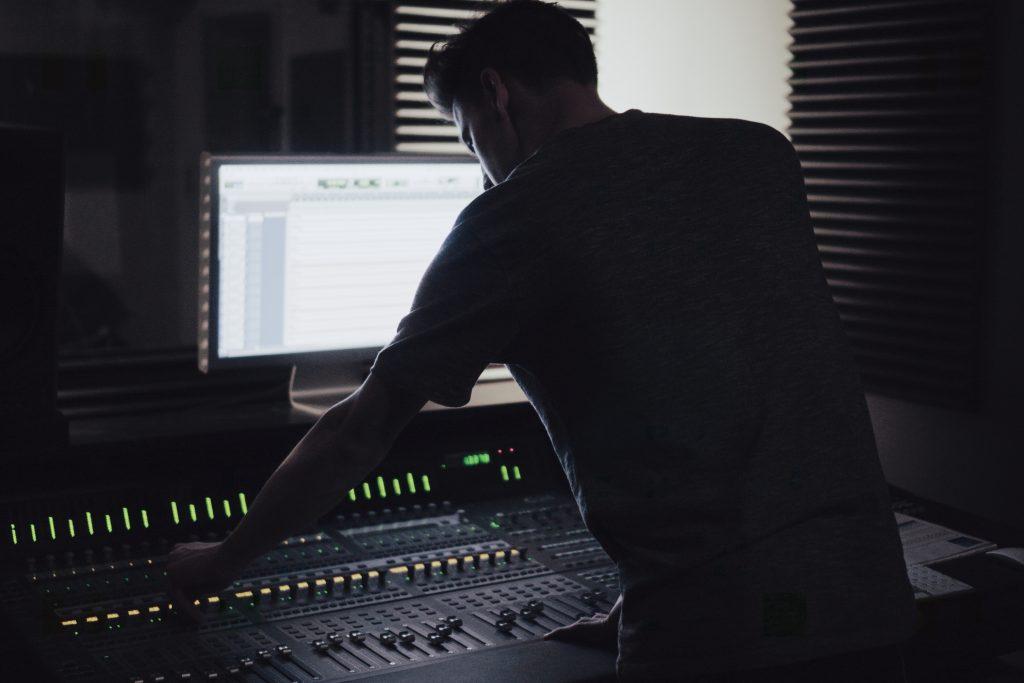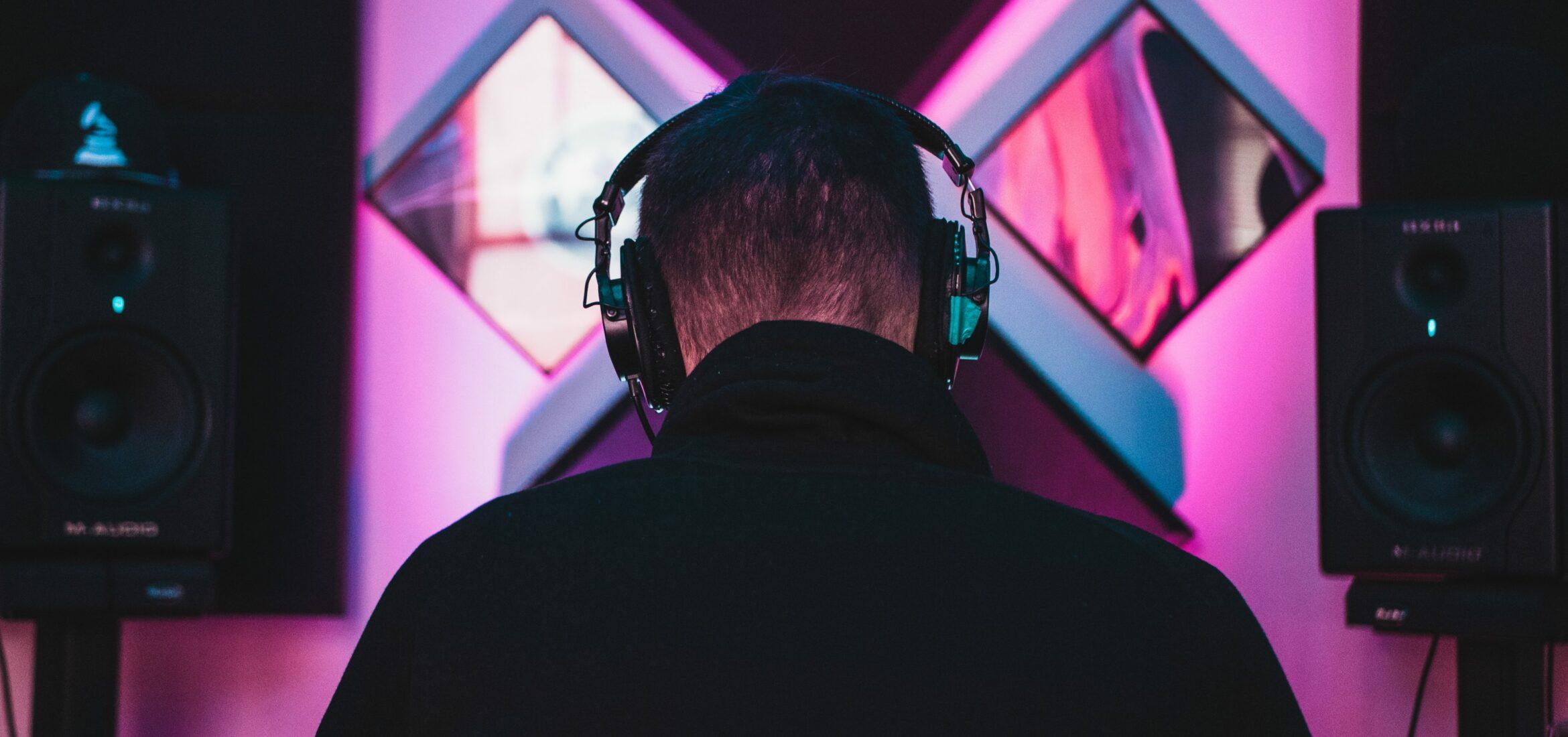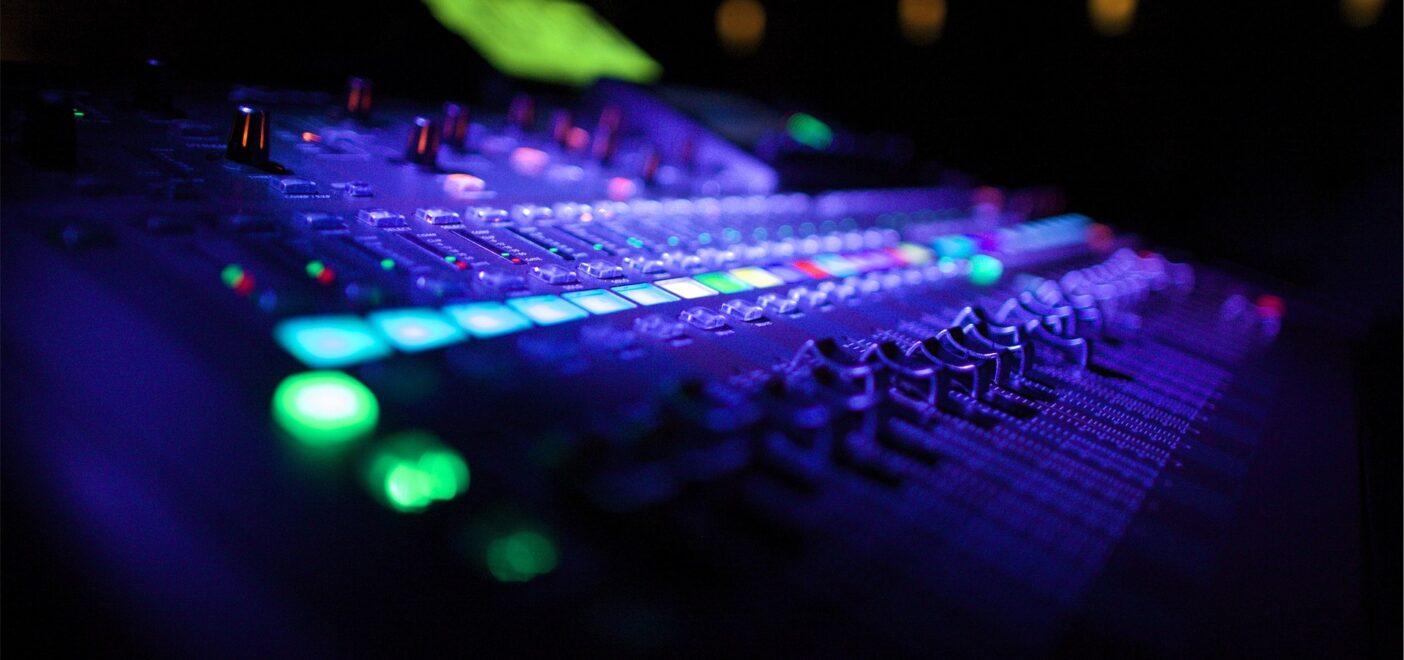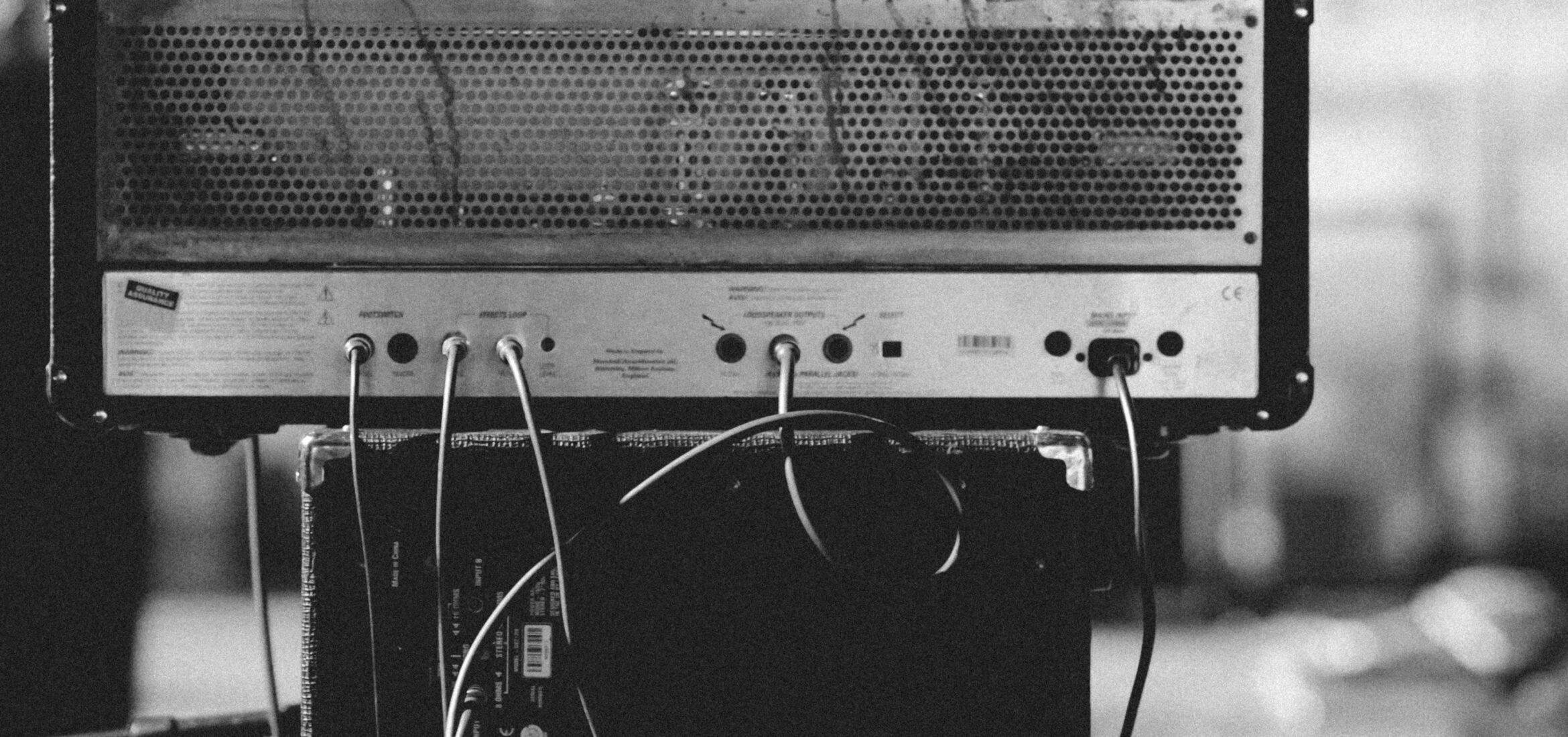Panning offers one of the most powerful methods for achieving greater depth in a mix. As we’ve discussed before, depth is all about space, both left and right, forward and back. While volume handles the back and forth of the auditory dimension, panning determines the side to side. In the early days of audio production, recordings could only be panned hard right or hard left. Today, we have the whole stereo field to work with; we’re able to control the distance between both sides incrementally. However, with so much going on in a mix, how can one decide how far left or right a mix element should go? What is the philosophy behind these decisions? Well, in truth, there is no mathematical formula for panning instruments.
Like most mixing decisions, panning comes down to creative impulse, context, and simply what sounds right. That doesn’t mean some tips can’t come in handy, though. Let’s take a look at six tips for panning instruments and vocals in a mix.
1. Panning instruments: at first, pan hard or don’t pan at all.
Everyone tackles a project differently. Some prefer having all the instruments and vocals recorded before making any mixing moves. For these people, panning comes later on. This order of operations allows one to hear the mix in its purest form, and then make gradual adjustments to move elements across the stereo field, working outward from the inside.
The counter to this method is to start wide and then work inward. Of course, not every mix element needs to be panned, but some will. For example, rhythm guitars are often doubled, with one on each side. While you could play it safe and pan these elements partially left or right, consider going all the way instead. The mix might not stay this way, but designating the width of the stereo field from the beginning can come in handy later on. If it turns out you want another instrument to own these spatial extremities, you can always feel the rhythm guitars (or whatever else) in a bit.
2. Visualize the space

This tip directly stems from the previous one. Before getting too lost in panning instruments, conjure a mental image of where things should sit in the mix. If you’re tracking a full band, think about where everyone is in a live setting. The drummer and lead vocalist usually control center stage while guitars, bass, and keys surround the edges. Of course, take this general placement with a grain of salt; just because the bassist grooves on stage right doesn’t mean you should pan the bass. The visual exercise simply gets you into the dimensional mindset. Which song elements need to be front and center, which are dynamic, and which serve as subtle textures? Base your plan (or “pan”) of attack on these considerations.
3. Lower frequencies should stay centered.
When mixing, always keep frequencies in mind, even in regards to panning. While you’re always free to experiment, it’s typically wise to keep the lowest ends of a mix centered. These frequencies, like paperweights, hold the mix together, never allowing one side to tip too far. In this category: kick drum, bass, and anything else under 120 Hz.
4. Similar frequencies, different levels of panning.

So, we know that the lower end should stay put in the middle of the mix. But what about elements that fall into higher frequency bands? With proper EQ, these elements might already stand apart from one another, but more can be done to separate them further. Basically, you don’t want similar frequencies competing for the same space. This results in a muddy mix. You can amend this by panning mix elements with similar frequencies at different levels and/or opposite one another. Use your ear, but also take a look at your frequency analyzer for instruments in solo to see where they land on the spectrum. Use this knowledge to make further panning decisions.
5. Center lead vocals…most times.
Now, like bass and kick drum, vocals should typically stay centered. This has less to do with frequency and more to do with composition. For most songs, the vocals and lyrics shine the brightest, so it makes sense for them to sit front and center (remember the visualization exercise). However, every rule has its exceptions. For choruses and main verses, vocals should stay in the middle. But for more experimental passages, bridges, and transitions, don’t be afraid to shift those lead vocals around a bit.
The Beatles, Alice Cooper, The Doors, and many more bands and artists have material with lead vocals slightly or prominently panned left or right. These daring mixing moves can result in distinct sounding songs and passages. An easy way to experiment with panning vocals is by using mix automation. This way you can mess around with swirling vocals left and right just to hear how they move along the horizontal axis of the mix.
But even in non-experimental passages, panning vocals can have a major impact. When it comes to doubling vocals (like with rhythm guitars), panning both tracks opposite one another can add even more space to the mix. This technique often makes choruses stand out especially.
6. Listen back through different sources, and in mono.

Remember, just because your mix sounds great in your state-of-the-art studio monitors doesn’t mean it will translate to someone listening in tiny mono speakers or earbuds. Accounting for this defines what mixing and mastering are all about, of course. But when it comes to panning, always switch to mixing in mono every now and then to hear how well your moves convert. Additionally, headphone tips such as putting on some different sets of headphones and earbuds to hear how the stereo image sounds without the crosstalk of stereo monitors are really beneficial.
Conclusion
Panning instruments and vocals can significantly enhance a mix. The hardest part is knowing where to go, and how far. While these decisions ultimately come down to preference and experimentation, these six tips can help you get started. The stereo field is open to you, so get creative and fill it with a great sounding mix!
À propos de l'auteur

Ethan Keeley
Rédacteur, chanteur, musicien et monteur audioEthan Keeley est un musicien, un doubleur et un écrivain de Rochester, dans l'État de New York. Lorsqu'il n'est pas en tournée avec son groupe Unwill, il travaille sur de nouvelles chansons et histoires.
Laisse un commentaire
Connecte-toi pour commenter.



